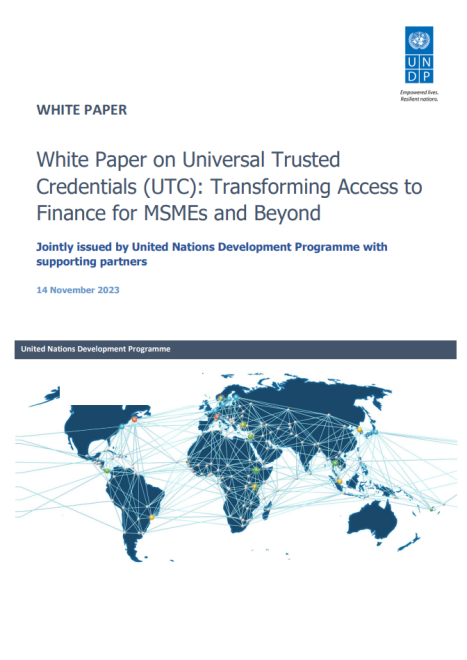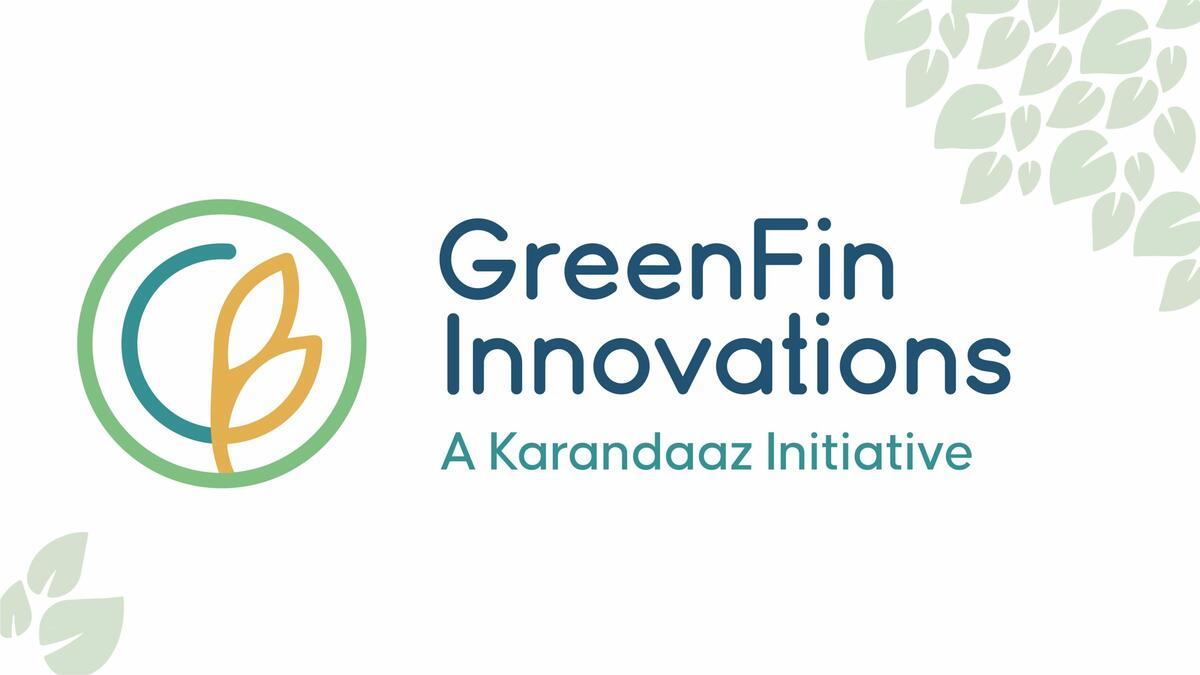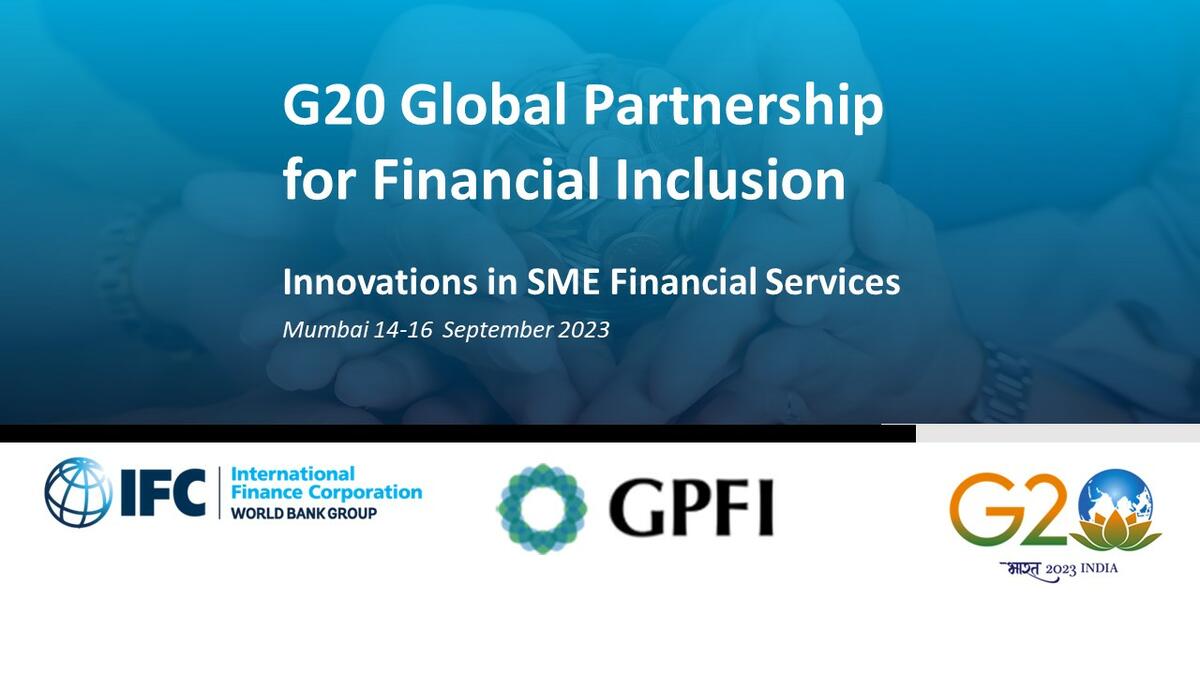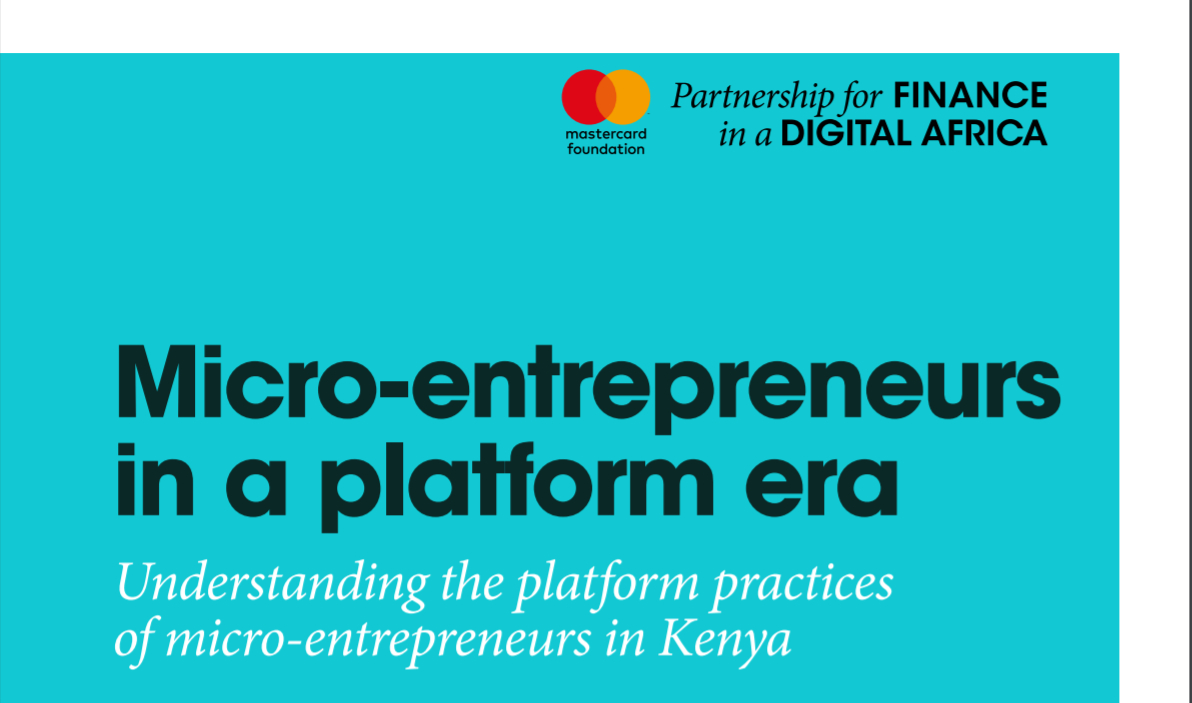- Open finance is a financial innovation that facilitates customer-permissioned access to and use of customer data held by financial institutions to provide new and enhanced services and develop innovative business models.
- Open finance frameworks can spur innovation, improve competition, enhance customer empowerment, and foster financial inclusion.
- However, open finance can also pose new or enhanced risks and requires careful design and adequate safeguards.
- As a growing number of countries consider, design, or implement open finance frameworks, CGAP, BIS, IMF, UNSGSA, and the World Bank offer key considerations for designing an inclusive open finance framework that reaches and benefits underserved populations.
1. Objectives – Define the desirable policy objectives and how open finance will contribute to them. Before starting design and implementation of an open finance framework, it is important to identify which market barriers open finance aims to address , define which policy objectives open finance seeks, outline how open finance will help achieve these, and assess whether the key enabling elements are in place.
2. Process leadership – Recognize the key role of public authorities as well as the need for collaboration. Public authorities have a crucial role to play in the design and implementation of open finance, and both collaboration across different public authorities and private-public collaboration are needed.
3. Governance – Set up effective, transparent, and inclusive governance arrangements. Governance arrangements should support the objectives sought through open finance, ensure adequate representation of all relevant stakeholders, and help organize and support the ecosystem’s operations.
4. Regulation – Implement risk-based and proportionate regulation that clearly determines the rules for customer-permissioned data access. The regulatory framework for open finance should determine the rules and conditions for (permissioned) access to customer data, including ensuring all participants are subject to regulation. If data sharing is mandated, the regulatory framework needs to clarify what data needs to be made accessible and by whom. Guidance may be needed to clarify how relevant existing laws and regulations should be applied in the context of open finance.
5. Oversight and supervision – Guarantee provision of the necessary enforcement powers and resources for oversight of the ecosystem, as well as proportionate supervision of all participants. Authorities should have the necessary enforcement powers, mandate, capacity, and resources to articulate and implement an oversight policy to adequately monitor the open finance framework and to subject all relevant entities to proportionate and risk-based supervision.
6. Consumer protection and data protection – Ensure a robust consumer protection and data protection framework is in place. A robust consumer protection, data protection, and privacy framework needs to be in place or set up as part of the open finance implementation to build consumer trust, generate positive customer experiences and outcomes, and foster adoption while minimizing potential harm. Obtaining valid consent from data subjects before data is shared, including effectively authenticating the customer, is a defining element of open finance.
7. Consumer information and awareness – Facilitate consumers’ awareness and understanding of open finance opportunities and risks. Ensuring the public is well-informed about open finance is important in order to support customer adoption and enhance consumer protection. Fostering consumers’ financial capabilities and awareness is particularly important for reaching traditionally excluded and underserved segments.
8. Participation – Enable broad participation of financial services providers. Broad participation of financial services providers is needed to ensure that as many customers as possible can adopt and benefit from open finance. Reciprocity can offer an incentive to participate. Authorities may also consider mandating participation of large data holders.
9. Technical infrastructure and architecture – Encourage the use of standardized application programming interfaces (APIs) and a common architecture. APIs should be standardized to support broad participation, allow for interoperability, reduce costs, and ensure data security standards are met. Centralized and decentralized architectures can be considered, depending on priorities and market conditions.
10. Pricing – Monitor and influence pricing to support policy objectives. Pricing can impact development and adoption of open finance products and services. The impact on policy objectives should be considered. Establishing principles for compensation can reduce complexity and support fairness. Certain circumstances or policy objectives may warrant delaying cost recovery or justify free access for data users.







































